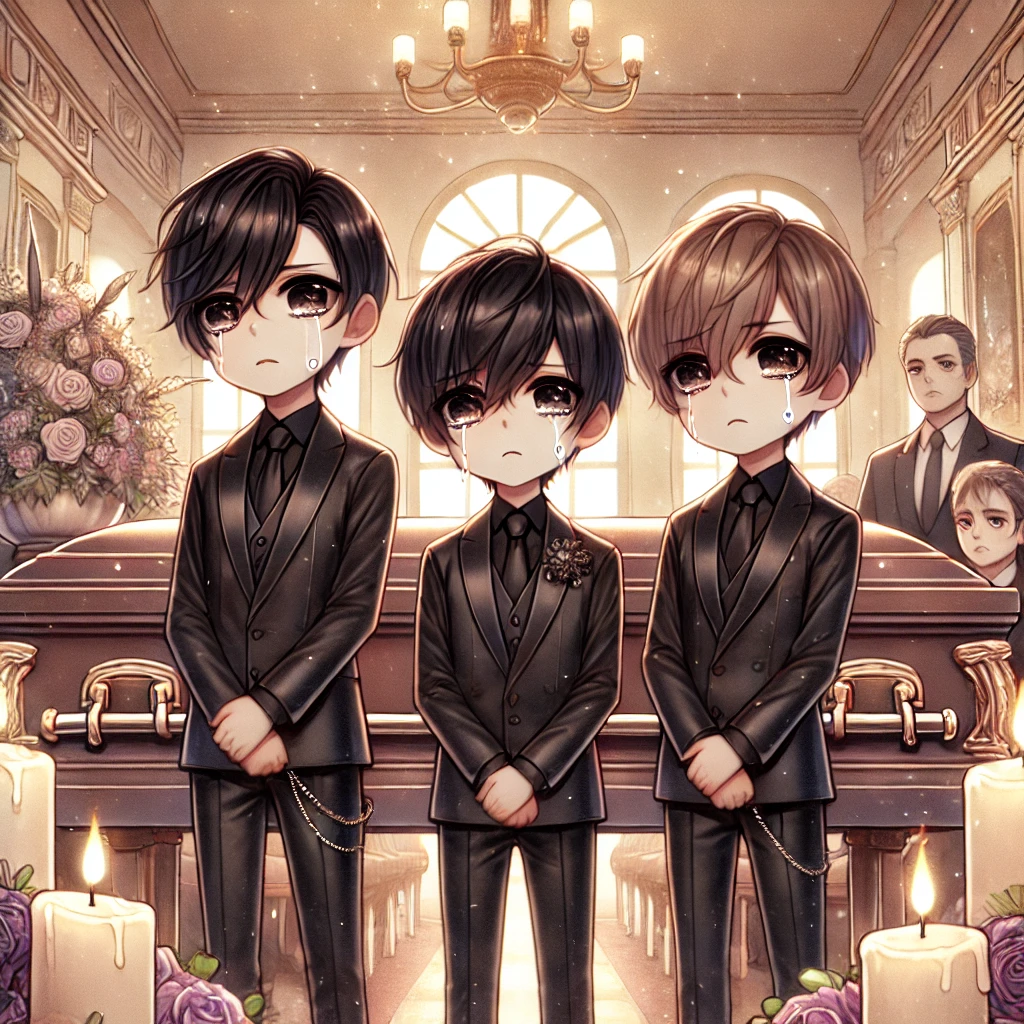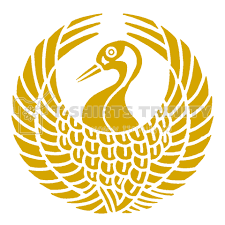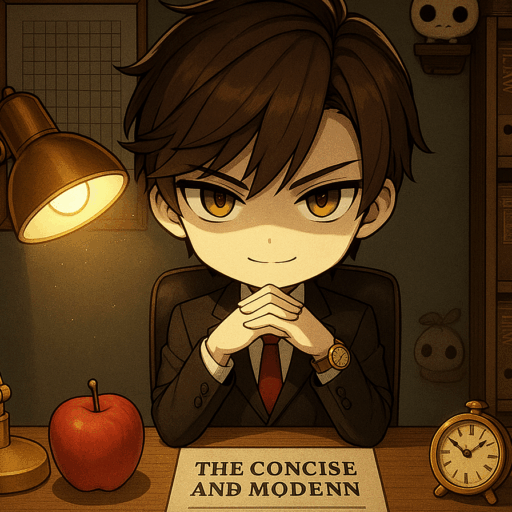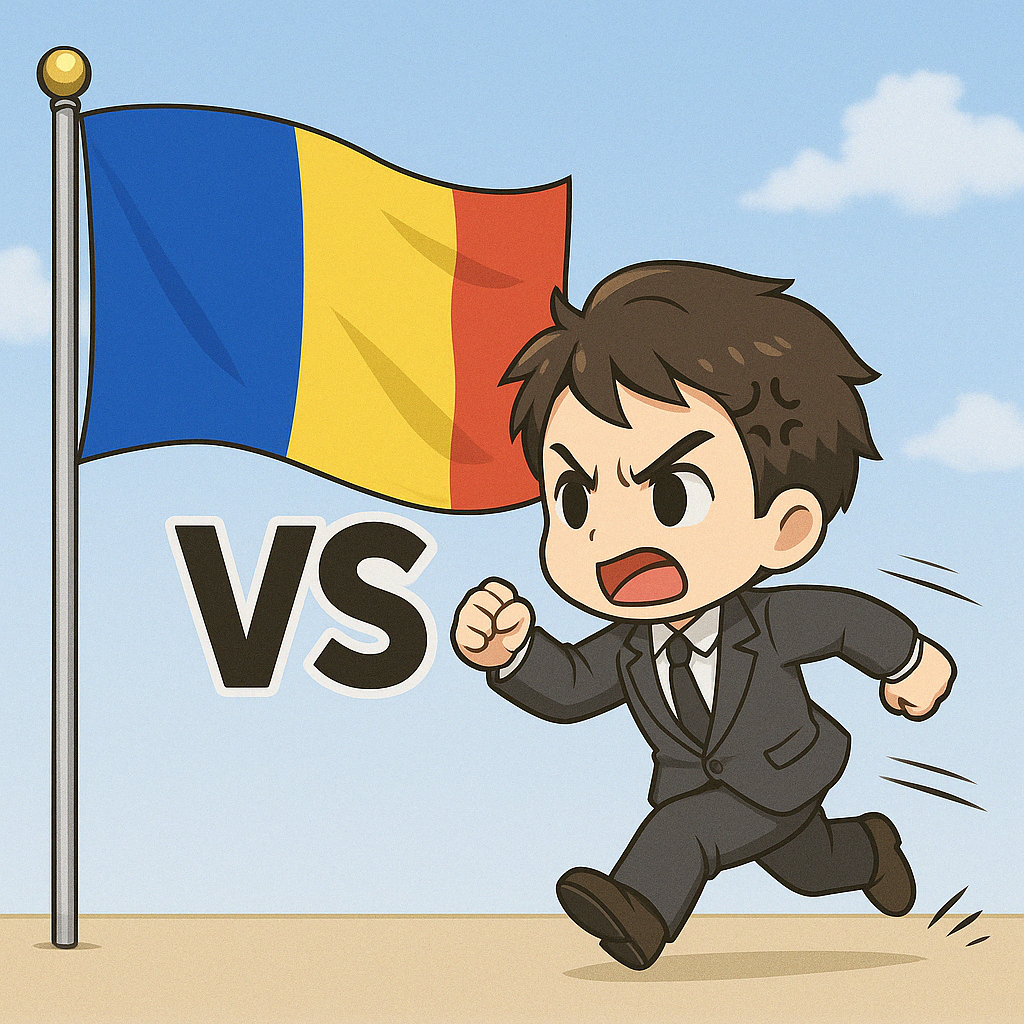In Japan, even within the same branch of Buddhism, serious conflicts can arise. One such example is the relationship between Soka Gakkai and Nichiren Shoshu—two groups that once worked closely together but later split in a dramatic and lasting conflict. This article explores the roots of their split and the practical implications, especially in the context of funeral traditions.
The Connection Between Amaterasu Koutaijingu-kyo and Politics
1. A Shared Origin with a Dramatic Separation
Soka Gakkai (founded in 1930) began as an educational reform movement focused on personal empowerment and value creation. After WWII, it aligned itself with the Nichiren Shoshu sect of Buddhism, becoming its lay organization and helping spread its teachings.
For decades, they operated like two sides of the same coin:
- Nichiren Shoshu provided doctrinal authority.
- Soka Gakkai focused on outreach and growth.
But as Soka Gakkai rapidly expanded—reaching millions of members globally—it began to outshine the traditional clergy in influence, resources, and reach.

2. The 1991 Expulsion: A Turning Point
In 1991, Nichiren Shoshu expelled Soka Gakkai, citing doctrinal deviations and a breakdown of religious order.
Soka Gakkai, on the other hand, argued that it was adapting faith for modern times and promoting peace through grassroots action.
This marked the formal and emotional break between the two groups.
Since then, Soka Gakkai has operated independently, while Nichiren Shoshu continues to criticize it as heretical.

3. A Funeral Divide: Rituals That Reflect Religious Conflict
This split is not just theological—it affects real-world events, like funerals.
| Aspect | Soka Gakkai (“Friend’s Funeral”) | Nichiren Shoshu (Traditional Buddhist Funeral) |
|---|---|---|
| Officiant | Lay member (no clergy) | Official temple priest |
| Chanting/Recitation | Lay-led chanting (“Nam-myoho-renge-kyo”) | Formal Buddhist sutras by monk |
| Ritual setting | Simple, community-based | Formal, priest-led with traditional rites |
| Costs | Typically lower | May involve donations or fees for clergy |
Soka Gakkai funerals emphasize personal connection and are led by fellow members.
Nichiren Shoshu funerals are conducted with traditional Buddhist rituals by monks.
Mixing the two can lead to serious tensions—especially when family members belong to different groups.
Inside the Kenshokai: Structure, Rules, and Daily Life of Its Followers

4. Current Relations: Still No Reconciliation
Today, the divide remains deep:
- Each group denounces the other’s teachings.
- Joint religious services are strictly prohibited.
- Even family events like weddings or funerals can become battlegrounds of belief.
In smaller towns and close-knit families, this can lead to conflict and estrangement, especially when funeral arrangements are unclear.
5. For Funeral Professionals: What You Must Know
If you work in the funeral industry, this divide is critical to understand:
✅ Always confirm religious affiliation carefully. “Nichiren” doesn’t mean they’re the same.
✅ Don’t assume “Friend’s Funeral” = non-religious. It’s specific to Soka Gakkai.
✅ Never assign a monk without approval. This could offend the family.
✅ Stay neutral if family members are divided in belief.
✅ Know the rituals and expectations of both traditions.
Respecting the religious identity of the deceased and their family isn’t just good practice—it prevents emotional and logistical conflicts.

6. Conclusion: Similar Roots, Different Worlds
Though they both claim to follow Nichiren Buddhism, Soka Gakkai and Nichiren Shoshu are, in practice, very different—and often in conflict.
As someone attending or organizing a funeral in Japan, or working in a related field, it’s important to understand that faith differences are not minor details—they can define the entire event.
Respect, knowledge, and sensitivity go a long way toward honoring both the deceased and their loved ones.
🇯🇵A Guide to Japanese Funerals: Traditions, Processes, and Costs🍀



